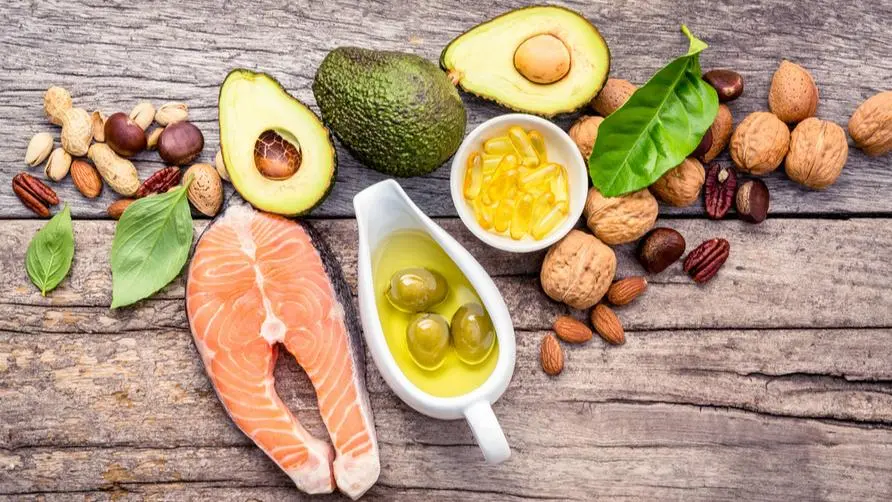Can eating butter be healthy? What is "fresh cream cheese"? Expert: Rich in at least "3 kinds of nutrients"

The popular “heavy cheese cake” has a dense texture when consumers eat it. The secret lies in the material used: fresh cream cheese. What is whipped cream cheese? How is it different from regular whipped cream? How should I consume it to be healthy? Taiwan Ministry of Health and Welfare, Food and Drug Administration invited Professor Gao Caihua from the Department of Food Science at Fu Jen Catholic University to share how to enjoy fresh cream cheese healthily.
Are fresh cream cheese and cream easily confused? Expert: Cream has higher calories and fat!
Professor Gao Caihua pointed out that fresh cream cheese is usually made of sterilized fresh cream, or fresh cream mixed with milk. It is inoculated with lactic acid bacteria and fermented for a short period of time, and then mixed with stabilizers and flavorings to make “soft cheese.” ; Its milk fat content is usually greater than 33%, and many countries have regulations on milk fat content.
Fresh cream cheese is also different from butter: cream is a dairy product obtained by sterilizing, maturing, whipping, and pressing milk or fresh cream. Most of the ingredients are milk fat, and it also contains a small amount of water and protein. and other non-dairy solids. Generally speaking, the milk fat content of cream is usually higher than 80%, and the calories and fat are higher than cream cheese. The two are different in flavor and use.
Taiwan Food and Drug Administration pointed out that in order to avoid confusion among consumers, starting from February 2017, the milk fat content must reach more than 80% to be called “cream”; while products with a milk fat content of more than 10% but less than 80% will be called “cream”. It is called “milk fat”, “edible butter”, “fresh cream” or “fresh butter”. If a product does not use raw materials that meet the aforementioned definition of “cream”, it cannot be named “cream”.
Is fresh cream cheese more nutritious? Recommended to be enjoyed with “these foods”
Fresh cream cheese has a dense texture and fragrant smell. It is often used as a spread for toast and bagels. It is also one of the main ingredients of the “Basque cake” that has become popular in recent years. Professor Gao Caihua pointed out that in addition to being used in desserts, fresh cream cheese is also suitable for eating with salmon, steak, avocado, eggs and other foods, or with lettuce, tomato slices, cucumber slices, onions, etc., which is not only delicious but also more nutritious. Match.
In terms of nutritional value, fresh cream cheese has higher fat content, lower protein and carbohydrates, and contains vitamin A, vitamin B complex, and some mineral nutrients (calcium, iron, magnesium). Among them, vitamin A helps maintain vision in the dark and improves the health of skin and mucous membranes, while vitamin B complex helps maintain normal energy metabolism.
The Taiwan Food and Drug Administration reminds the public that most fresh cream cheese uses fresh cream and milk as the main ingredients, and animal products also contain more cholesterol. According to WHO recommendations, adults’ daily saturated fat intake should be less than 10% of total calories; Taiwan Health Promotion Administration also recommends that the recommended daily upper limit of saturated fat intake is 23 and 18 grams for men and women respectively. Considering that different nutrients are taken in throughout the day, it is recommended that processed dairy products should be taken in an appropriate amount to make the overall dietary life healthier and less burdensome.
Finally, the Taiwan Food and Drug Administration recommends that after opening, cheese products should be wrapped in plastic wrap and placed in the refrigerator, or stored in accordance with the product label. In particular, fresh cream cheese has a short shelf life and should be consumed as soon as possible to avoid rotten.
Further reading:





